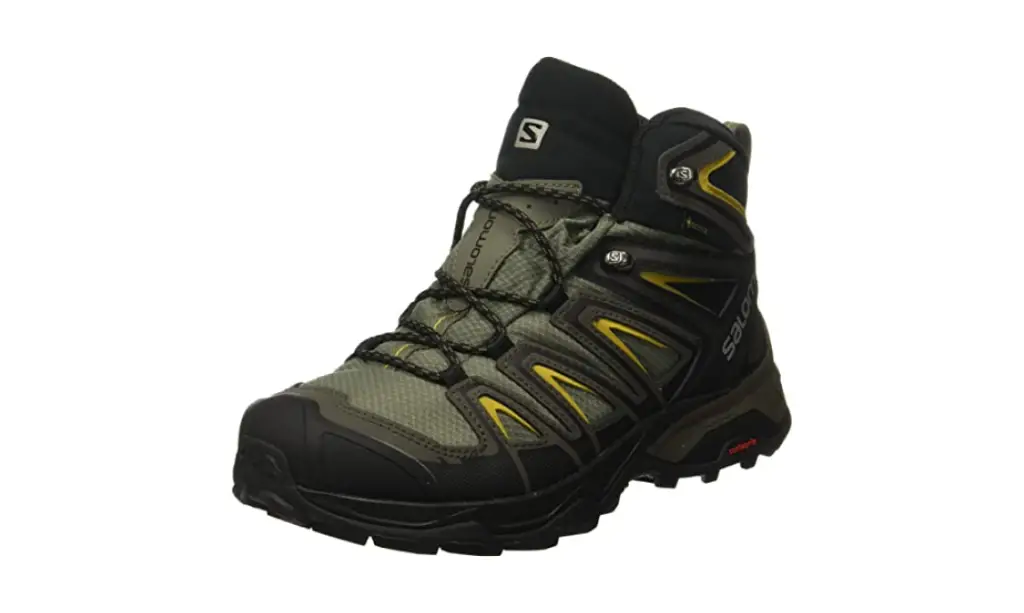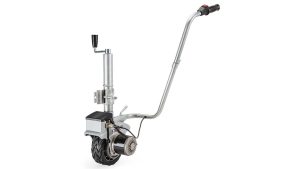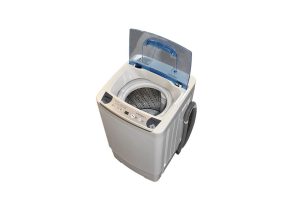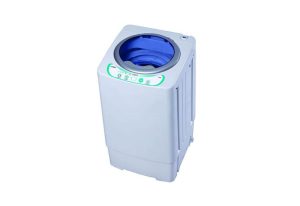When it comes to hiking, having the right footwear is crucial. Men’s hiking boots play a vital role in providing support, protection, and comfort on the trails. However, with so many options available, choosing the perfect pair can be overwhelming. In this ultimate guide, we’ll walk you through the essential factors to consider when selecting men’s hiking boots, ensuring you make an informed decision.
Determine the Type of Hiking
The first step in choosing the right hiking boots is to determine the type of hiking you’ll be doing. Are you planning to tackle rugged terrains, long-distance hikes, or simple day hikes? Different types of boots are designed for specific purposes. For challenging trails and backpacking, opt for sturdy, high-cut boots that offer maximum ankle support. Lightweight or mid-cut boots work well for day hikes and easier trails.
Consider the Boot Materials
The materials used in hiking boots greatly affect their durability, weight, and waterproofing capabilities. Leather boots are known for their durability, support, and water resistance. Full-grain leather is the most robust but requires more break-in time. Nubuck leather offers a balance between durability and flexibility. Synthetic materials like nylon and polyester are lightweight, breathable, and dry quickly, making them ideal for warm weather hikes. Waterproof membranes like Gore-Tex® can enhance moisture protection but may compromise breathability.
Find the Right Fit
Proper fit is essential to prevent discomfort and foot-related issues during hikes. Visit a specialty outdoor store to get your feet measured and try on boots. When trying them on, wear the same type of socks you plan to use while hiking. Pay attention to the following:
Toe Box
Make sure there’s enough room for your toes to wiggle without feeling cramped.
Heel Cup
Your heel should fit snugly in the boot without slipping.
Arch Support
The boot’s arch should align with your foot’s arch for optimal support.
Length and Width
Avoid boots that are too short or narrow, as they can cause blisters and discomfort.
Assess Cushioning and Support
Hiking boots should provide adequate cushioning and support to keep your feet comfortable during long hikes. Look for features like midsoles with EVA (ethylene-vinyl acetate) or polyurethane foam for cushioning and shock absorption. Boots with shanks or plates offer extra stability and prevent foot fatigue on uneven terrain. Additionally, padded collars and tongues enhance comfort and prevent chafing.
Traction and Outsoles
Excellent traction is essential for maintaining stability and preventing slips on various surfaces. Hiking boots feature different types of outsoles, each designed for specific terrains. Look for deep, multi-directional lugs made of rubber or a combination of rubber and other durable compounds. Vibram® outsoles, for example, are renowned for their exceptional grip and durability.
Consider Waterproofing
If you’ll be hiking in wet or rainy conditions, waterproof boots can be a game-changer. Waterproof membranes like Gore-Tex® or eVent® are commonly used in hiking boots to keep your feet dry while allowing moisture to escape. Keep in mind that waterproof boots may sacrifice some breathability, making them less suitable for hot weather hikes.
Test for Flexibility
Flexibility is crucial for comfortable hiking. Your boots should provide enough flexibility to allow natural foot movement while still offering sufficient support. To test flexibility, try bending the boot’s toe upward. If it bends easily, it indicates good flexibility.
Check for Ankle Support
Ankle support is particularly important for hiking on uneven terrain or carrying heavy backpacks. High-cut boots with stiff ankle cuffs offer maximum ankle support and protection against twists and sprains. However, if you prefer more flexibility and freedom of movement, mid-cut boots can be a suitable alternative.
Consider Weight
The weight of your hiking boots can significantly impact your comfort and energy expenditure during hikes. Lightweight boots are ideal for day hikes and trails with less challenging terrain. However, if you’ll be carrying heavy loads or hiking on rugged terrain, a sturdier boot with added weight might provide the necessary support and protection.
Quality and Durability
Investing in a quality pair of hiking boots ensures they’ll withstand the rigors of the trails and last for years. Look for reputable brands known for their craftsmanship and use of high-quality materials. Customer reviews and expert opinions can provide insights into the durability and performance of different boots.
Conclusion
Choosing the right men’s hiking boots is crucial for a comfortable and enjoyable hiking experience. By considering factors such as the type of hiking, boot materials, fit, cushioning, traction, waterproofing, flexibility, ankle support, weight, and durability, you can narrow down your options and find the perfect pair. Remember to try on different boots, test them for comfort and support, and prioritize quality to make a well-informed decision. Now, lace up your boots, hit the trails, and embark on exciting adventures with confidence!







